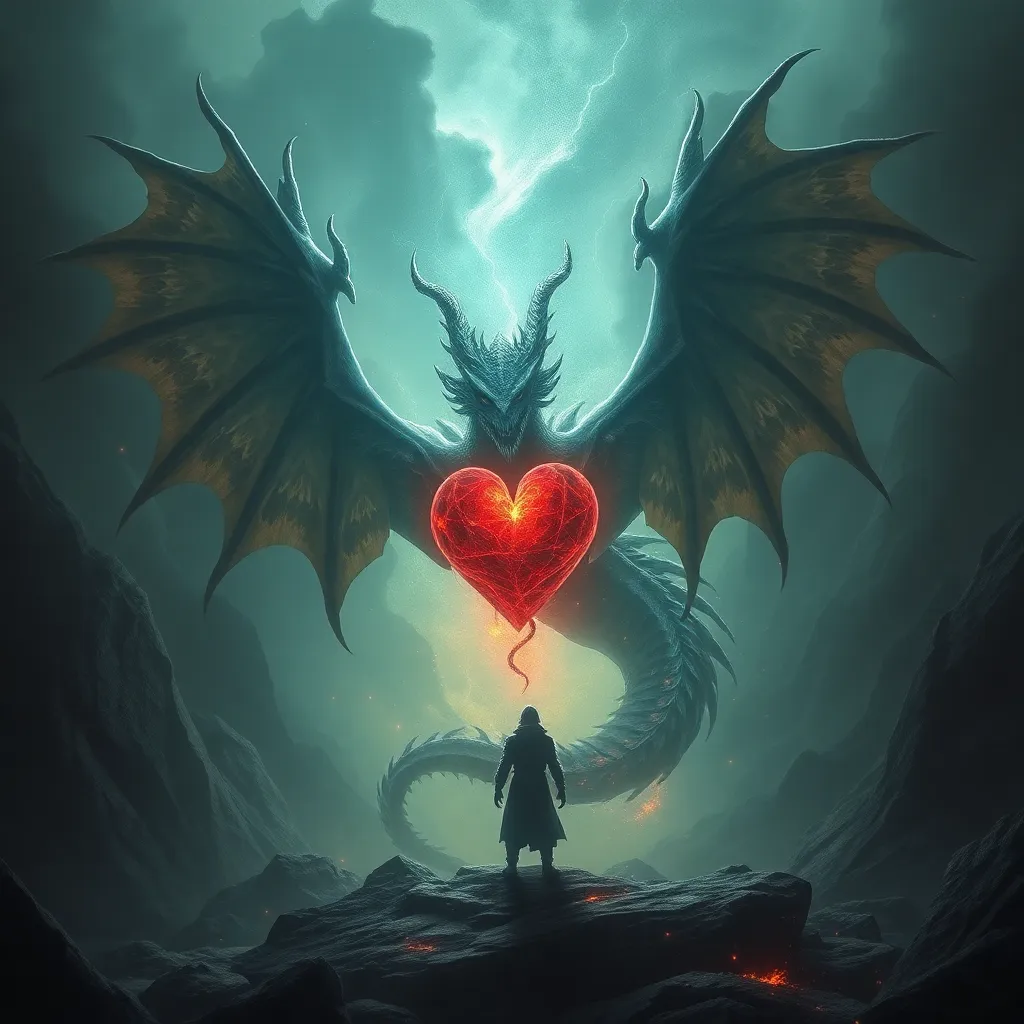Trickster Tales: A Reflection of Human Nature
I. Introduction to Trickster Tales
Trickster tales are narratives that revolve around a character known as the trickster, who is often mischievous, cunning, and sometimes morally ambiguous. These tales serve not only as entertainment but also as a reflection of human nature, exploring the complexities of behavior and societal norms.
Historically, trickster tales have appeared in various cultures around the world, each providing unique insights into the values and beliefs of the societies that tell them. They often function to convey moral lessons, challenge authority, and highlight the duality of human nature.
The purpose of this article is to explore the various aspects of trickster tales and their profound reflection on human nature, examining their characteristics, themes, and relevance across cultures.
II. The Archetype of the Trickster
The trickster archetype is a universal figure found in folklore and mythology. Tricksters are characterized by their cleverness, wit, and ability to outsmart others. They often defy conventional rules and expectations, leading to chaos and disruption.
- Characteristics of trickster figures:
- Cunning and deceptive
- Playful and humorous
- Ambiguous morality
- Transformative abilities
Across various cultures, trickster figures share common traits, such as their ability to bend societal norms and challenge authority. They embody the duality of chaos and wisdom, often leading others to enlightenment through their antics.
III. Trickster Tales Across Cultures
Trickster tales manifest in different forms across cultures, each with a unique flavor that reflects the society’s values and challenges:
- African trickster tales: Anansi, the spider, is a prominent figure in West African folklore, known for his cunning and ability to outwit both humans and gods.
- Native American tricksters: Coyote is a significant trickster in many Native American cultures, often depicted as a creator and a fool, whose actions result in both chaos and wisdom.
- European trickster figures: Loki from Norse mythology and Hermes from Greek mythology showcase traits of mischief and cunning, often playing crucial roles in their respective myths.
- Asian tricksters: The Monkey King, or Sun Wukong, from Chinese mythology, embodies strength and intelligence, often outsmarting gods and demons alike.
IV. Themes in Trickster Tales
Trickster tales are rich in themes that resonate with human experiences:
- Deception and cunning as survival tactics: Tricksters often use their wits to navigate challenges, reflecting the human instinct to adapt and survive.
- The subversion of authority and social norms: Tricksters challenge the status quo, questioning societal rules and prompting change.
- The role of humor and satire in storytelling: Humor is a central element, allowing audiences to reflect on serious issues while being entertained.
V. Psychological Insights from Trickster Tales
Trickster tales provide valuable psychological insights into the human condition:
- The trickster as a reflection of the human psyche: Tricksters embody the complex aspects of our nature, including our desires, fears, and contradictions.
- The balance between order and chaos in human nature: Tricksters navigate the thin line between societal order and personal freedom, highlighting the necessity of both in human life.
- Tricksters as catalysts for personal and societal change: Their actions often lead to transformation, pushing individuals and communities to confront their limitations and evolve.
VI. Trickster Tales and Moral Lessons
While tricksters often embody chaos, they also convey important moral lessons:
- Ethical implications of trickster behavior: The actions of tricksters can lead to both positive and negative outcomes, prompting audiences to consider the nature of morality.
- The ambiguity of right and wrong in trickster narratives: Trickster tales often blur the lines between good and bad, encouraging critical thinking about ethics.
- Lessons learned through the mistakes of tricksters: Audiences are invited to reflect on the consequences of trickster behavior, gaining insights into their own lives.
VII. Trickster Tales in Contemporary Culture
Trickster figures have found their way into contemporary literature and film, adapting to modern societal contexts:
- Adaptations in literature and film: Characters like the Joker from the Batman series and the Cheshire Cat from Alice in Wonderland serve as modern-day tricksters.
- The relevance of trickster figures in modern society: Tricksters continue to resonate, representing the struggle against oppression and the pursuit of justice.
- Trickster tales in popular media: Examples include animated films, graphic novels, and television shows that explore themes of deception and rebellion.
VIII. The Role of Trickster Tales in Community and Identity
Trickster tales play a crucial role in shaping community values and cultural identity:
- Tricksters as cultural icons: They embody the spirit of a culture, representing shared beliefs and values.
- The impact of trickster tales on community values: These stories foster solidarity, encouraging communities to reflect on their norms and practices.
- Trickster narratives as a means of preserving cultural heritage: Through storytelling, communities pass down wisdom and traditions, ensuring their survival across generations.
IX. Analyzing Trickster Tales: Academic Perspectives
Academics offer various perspectives on trickster tales, enhancing our understanding of their significance:
- Literary analysis of trickster tales: Scholars examine narrative structure, character development, and thematic depth.
- Anthropological perspectives on trickster figures: Researchers explore the cultural context and social functions of tricksters in different societies.
- Psychological approaches to understanding trickster narratives: Psychologists analyze the motivations behind trickster behavior and the insights they provide into human nature.
X. Conclusion: The Enduring Legacy of Trickster Tales
In summary, trickster tales serve as a rich tapestry reflecting human nature’s complexities. They embody the dualities of chaos and wisdom, challenge societal norms, and impart moral lessons. As cultural icons, tricksters remain relevant, offering insights into the human experience across time and space. Their enduring legacy speaks to our shared humanity and the universal truths that unite us all.



